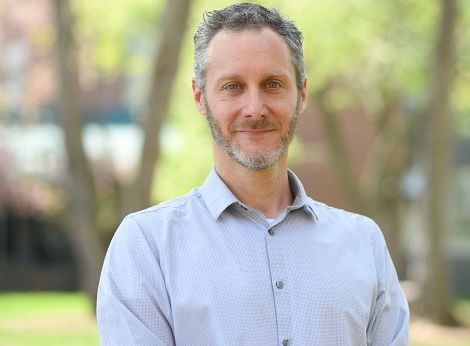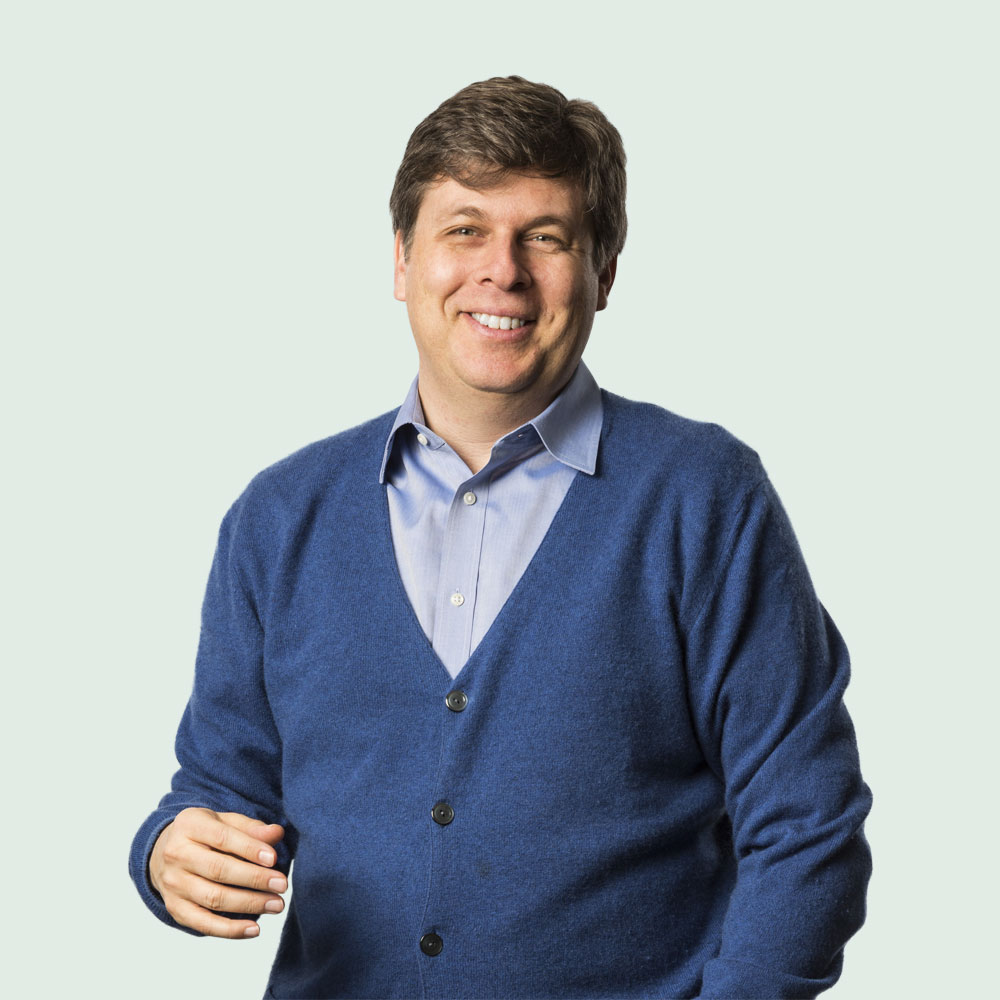Demonstration List
DECIMER.ai: An Open-Source Platform for Chemical Structure Recognition from Scientific Literature, Dr. Kohulan Rajan
Computer Vision algorithms for 100 skin shades in the beauty industry, Emmanuel Acheampong, Raymond Okyere-Forson
roboMUA: A predictive and generative AI approach to makeup for
skin shades, Emmanuel Acheampong
Magic Mapping: Interactive Segmentation of Satellite Imagery with Embedding Fields, Chris Brown,Sean Askay,Michal Kazmierski,William Rucklidge,Valerie Pasquarella,Evan Shelhamer
RITA: A Real-Time Interactive Talking Avatars Framework, Cheng Wan, Wuxinlin Cheng, Yupeng Cao
ANGEL - Egocentric, AR Task Monitoring, Brian Clipp
Anyone Can Direct: 3D Film Creation from Text, Zhongang Cai, Lei Yang, Ziwei Liu
Learning Humanoid Locomotion , Ilija Radosavovic
WildfireWatch.org: Harnessing AI-Powered Visual Data for Swift and Accurate Wildfire Detection, Kit Merker
Enhancing Accuracy and Efficiency of Livestock Monitoring with AI-Powered Visual Data from Plainsight Technologies, Kit Merker
BEST DEMO AWARD Depth Anything, Lihe Yang, Bingyi Kang, Zilong Huang, Xiaogang Xu, Jiashi Feng, Hengshuang Zhao
Custom cloth creation and virtual try-on for everyone, Pei Chen, Heng Wang, Zhiyuan Chen, Zhenkun Liu, Shuhua Cao, Li Yang, Minghui Yang
Controllable Neural Reconstruction for Autonomous Driving, Péter Kovács, Máté Tóth, Zoltán Bendefy, Zoltán Hortsin, Tamás Matuszka
Seeing the World Through Your Eyes, Kevin Zhang, Hadi Alzayer, Sachin Shah
Aigen-AI Robotic Solution to Weed Contro, Kayla Stringfellow, Sandra Phillips
Clickable Objects - Shoppable Video, Toshiro Ozawa
Contactless Optical Vital Sign Monitoring for Elderly Care, Svenja Nicola Kobel, Caroline Ressing, Hueseyin Oenel, Andre Kosfeld, Christian Wiede, Karsten Seidl
Wednesday 19th June
- 11am\ Gallery Tour with Curator and Artists
- 5pm\ Gallery Tour with Curator and Artists
Computer vision at scale: Driving customer innovation and industry adoption

The Tip and the Iceberg: Deep Learning and Embodiment
It is still laughably easy to foil SotA AI with adversarial attacks. Why? Because such systems lack embodiment. But dropping deep learners into robots and calling the result Embodied AI misses the mark: Embodiment is about more than just having a body; it is about change. Consider how much the world changes from the perspective of a human as she grows from one cell into 36x10^12 of them. Grappling with such massive internal change makes grappling with external change, like learning to read or drive, easy by comparison. Thus, to realize safe AI, we must similarly create autonomous technologies whose internal physical changes pretrain them to handle external change, like new tasks or adversarial attacks. I will demonstrate some soft and biological robots capable of this “morphological pre-training” and point out several paths via which the CVPR community can join us in creating such a future.

Societal opportunities and challenges of AI
(Overflow A&B)
Moderator: Nicole Decari, Director of AI & Society at the Allen Institute for AI (AI2)



